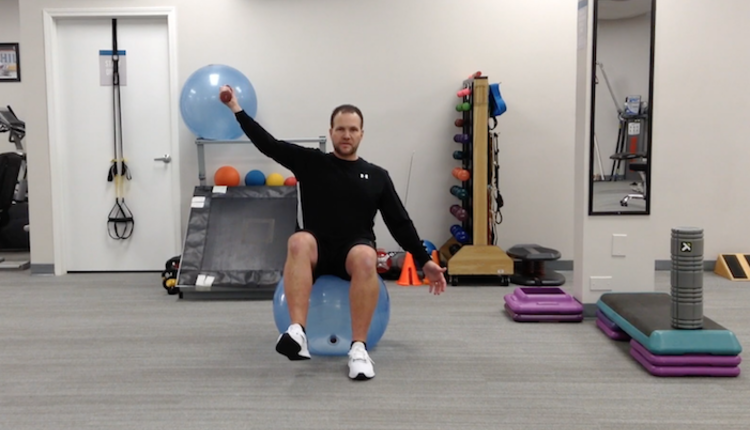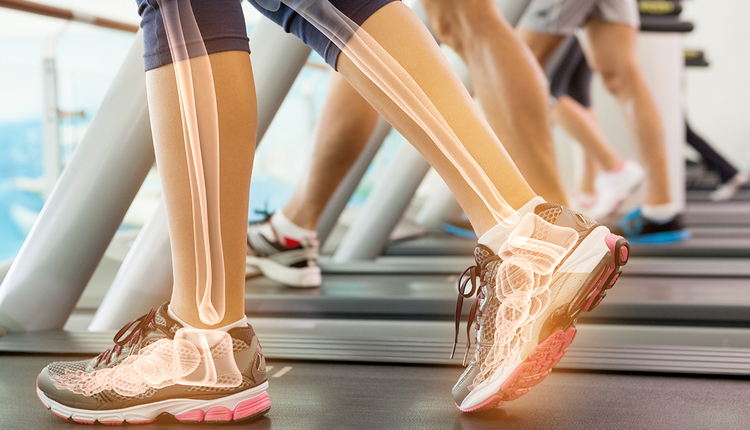The increase in consumer demands for highly qualified personal trainers has enhanced the development and implementation of self-governing standards for all personal trainers. The goal of elevating these standards has been driven primarily by the personal trainers who value self-governance. Unfortunately, many personal training businesses resemble the Wild West, allowing independent contractors and employed personal trainers free-reign over their strategies and decisions. The rising cost in liability insurance and the increase in funds needed to fight legal incidences has sparked the need for business owners to require higher standards for their staff. Here are five self-governing requirements for business owners:
1. Require current, accredited personal training & CPR/AED certifications.
This requirement, for employees or independent contractors, is necessary for any business qualifying for professional liability insurance and particularly those working with special populations.
2. Determine employees (W4) vs. independent contractors (1099)
Per the Internal Revenue Service (IRS), over 45 percent of the small gyms/studios in the United States are illegally misrepresenting their employees as independent contractors to avoid paying taxes or benefits they have rightfully earned.
3. Have Standard Operating Procedures (SOPs)
SOPs detail the progressive steps as to how a service is continually produced, reproduced, and delivered to ensure the quality of a product. Personal training business owners should create SOPs that include program design blueprints, coaching cues, exercise progressions, facility opening and closing procedures, emergency and exit plans, etc. to ensure the delivery and quality of their service.
4. Keep updated professional paperwork
Short of a liability waiver, an estimated 50 percent of personal training businesses do not require any further paperwork to be filled out from new clients enrolling. All first-time clients should experience an initial interview and consultation (20-30 minutes) in which all professional paperwork is completed. This includes: General information form, movement assessment form, physical activity readiness questionnaire (PAR-Q) and health history form, liability waiver and an agreement/contract
5. Create professional codes of conduct
Business owners should create a general set of honorable guidelines for all managers, employees and independent contractors pertaining to how they professionally work with one another, how they interact with their customers and how they conduct their business.
The implementation of these basic professional requirements starting with fitness business owners can create even greater rewards for fitness professionals and for the industry.


















